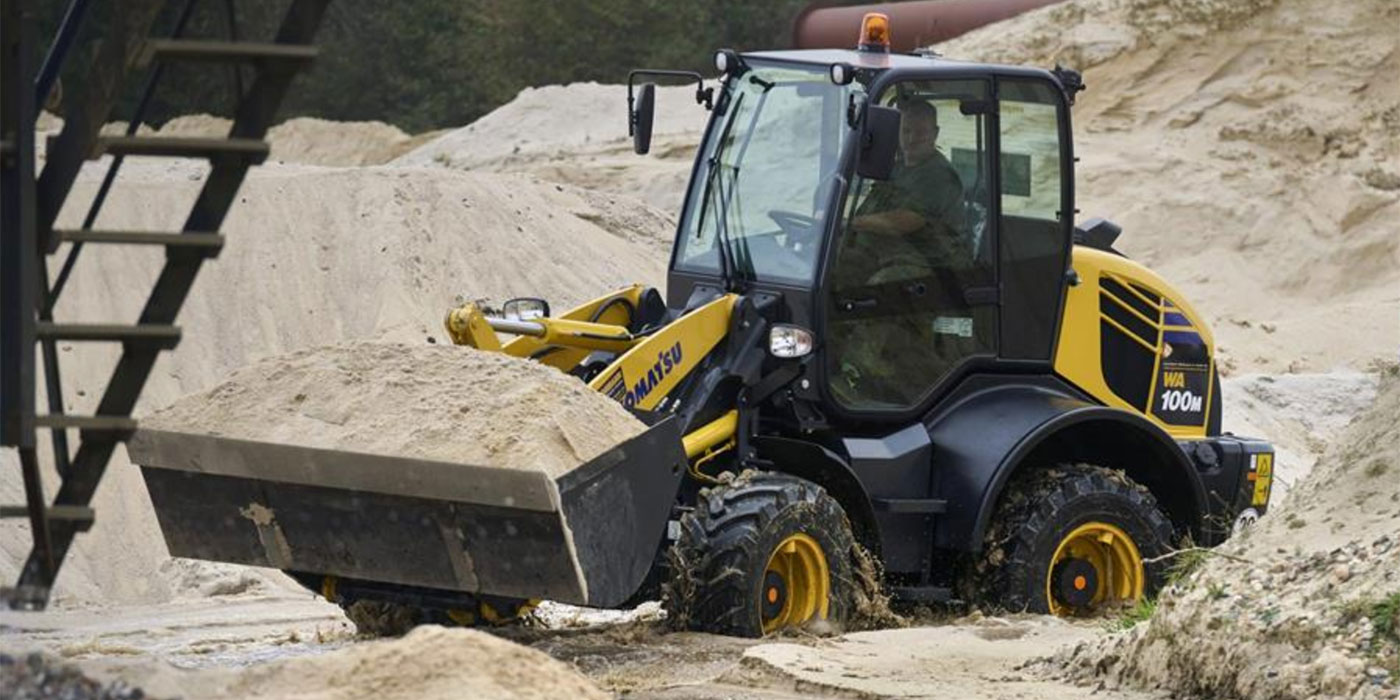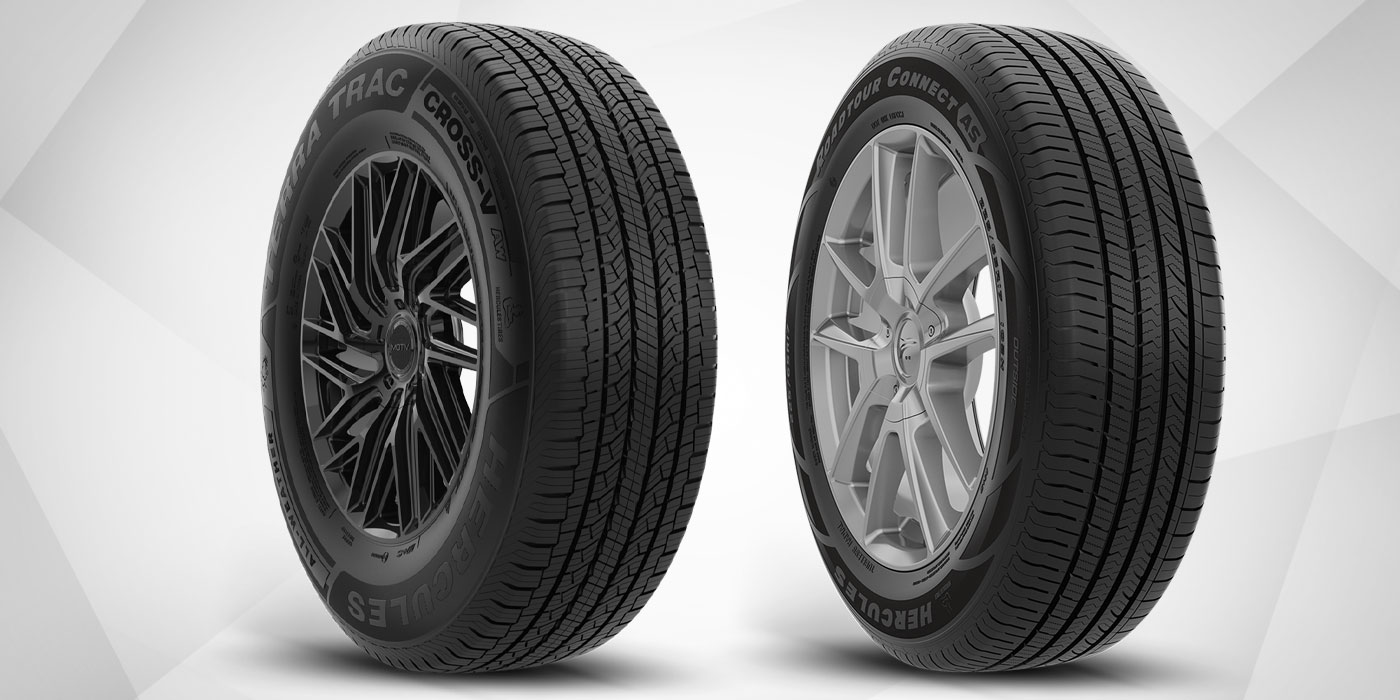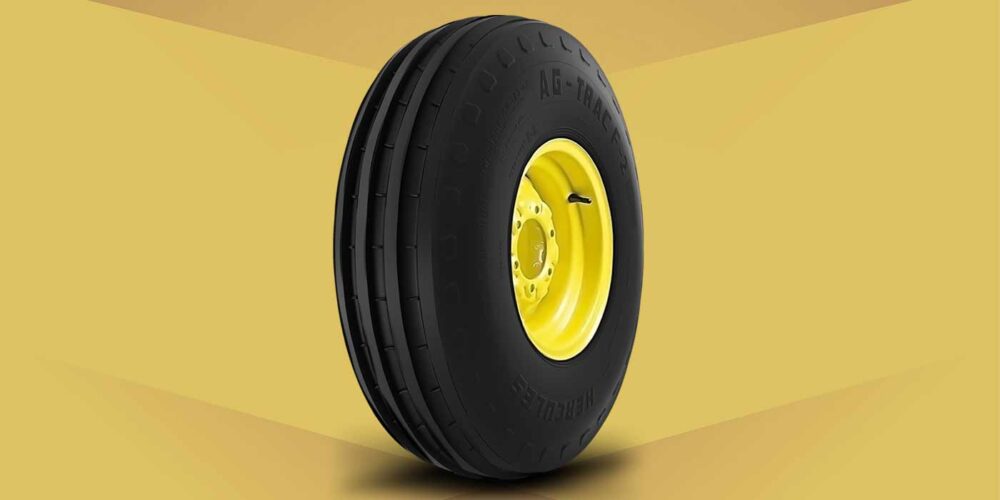When it comes to tires, what do you need to consider to improve profitability? A main factor is the price of new tires. Most suppliers of tier 1 and 2 radials have implemented no fewer than seven price hikes in the past 30 months, raising tire prices approximately 35% to 45%.
Tires, traditionally the second highest non-labor operating expense, should be viewed as assets to be actively managed over their life cycle, versus mere “expense” items—a fact that should be firmly ingrained throughout your maintenance organization, including outsourced vendors.
Quality retreading must be a priority and should represent an increasing percentage of tire usage on your rolling stock. Therefore, maintaining casing integrity for the longest possible time is essential. The first line of defense is maintaining proper inflation pressures.
Since trailer tires are the most puncture-prone wheel positions (with stiff penalties imposed for under-inflated tires and flats by the new CSA rules), automatic tire inflation systems (ATIS) should be considered on all new highway trailers, even those that are “married” and/or return home daily.
ATIS are now generally proven, reliable, deliver positive ROIs, and address an issue the industry has struggled with for many years. For power units, Tire pressure monitoring systems (TPMS) have evolved into a second generation. A number of brands now offer reliable visual and wireless communication options that can assist in maintaining target inflations while the industry awaits the ultimate solution of ATIS for steer and drive axles. Just as important is prompt repair of over-the-road punctures. This includes those being maintained by ATIS, to ensure that neither moisture nor excessive inflation enters the casing structure, which leads to separation and premature casing removal or higher return as received (RAR) rates, when a casing is rejected for retread. The sooner proper puncture repairs are made, the longer casing life will be extended. Importantly, repair technology, guidelines for technicians, and repair materials also have evolved.
The Technology and Maintenance Council (TMC) recently updated many Recommended Practices (RPs), which should be referenced for updating your tire shop practices and communicated to your off-site and road service providers. I suggest that you especially review new processes for tread shoulder area repairs and make certain that anyone repairing your casings is updated.
With this background, the next important consideration is what to use as the inflation medium. The primary recommendation from all major radial truck tire manufacturers is clean, dry air from a source that delivers adequate volume at approximately 120 psi. You may want to check with your tire supplier before signing up for a nitrogen program. Although nitrogen is widely used in race, earthmover and aircraft tires, major manufacturers caution that highway truck applications may be hard-pressed to provide a payback or deliver any performance improvement. There are two primary reasons: first, we now have vastly improved truck tire original treadlife and casing durability; and second, basic air is already 79% nitrogen.
Don’t overlook good shop practices. Every shop must have a calibrated master gauge to allow technicians to check their personal inflation measuring equipment. This is increasingly important to ensure that TPMS and ATIS units are correctly installed and calibrated.
Hand gauges are notoriously vulnerable to inaccuracies from dropping or similar non-visible abuse. Variations of 10 to15 psi are not uncommon. Also, inflation air sources should be equipped with a primary dryer close to the compressor and a secondary dryer downstream, close to the inflation takeoff point.
Tire inflation lines must be separate from air sources used for tools, so that no oil or other lubricants enter the tire casing interior. Clean, dry air is the preferred inflation medium, and proper maintenance is now more important than ever with the high tire prices and potential long casing life of modern radials.













